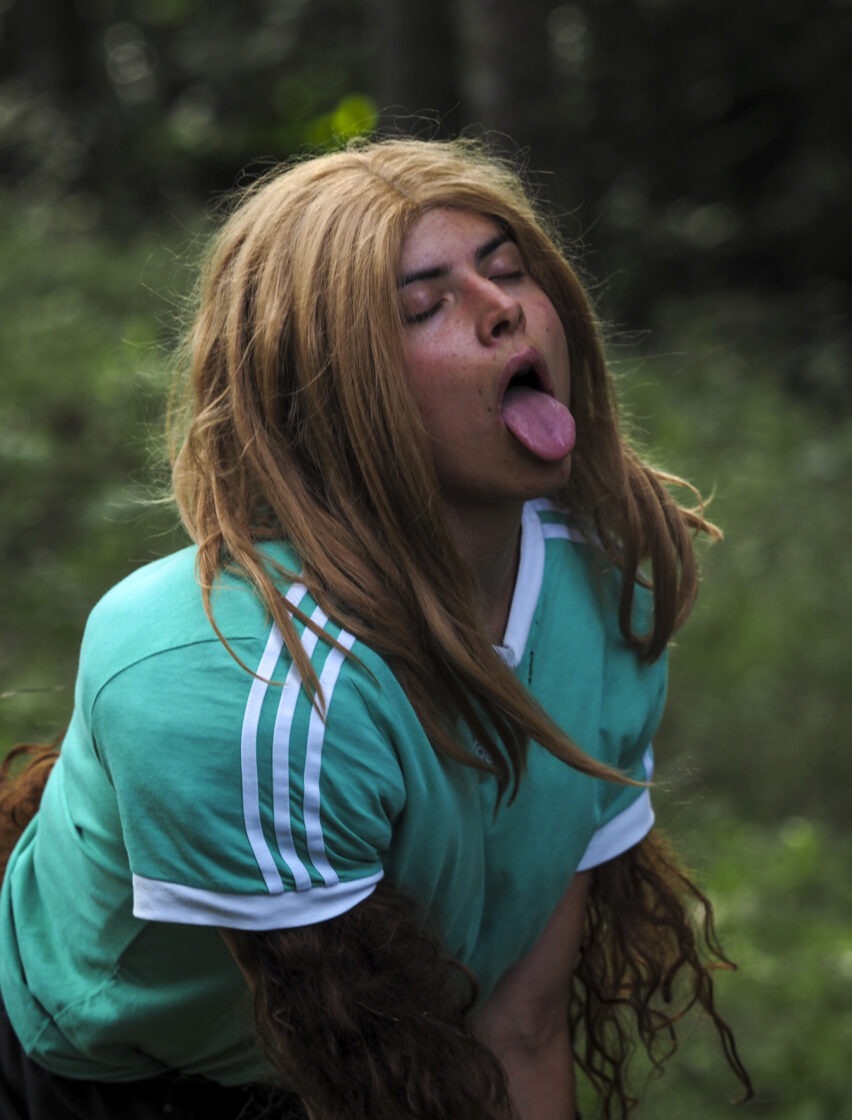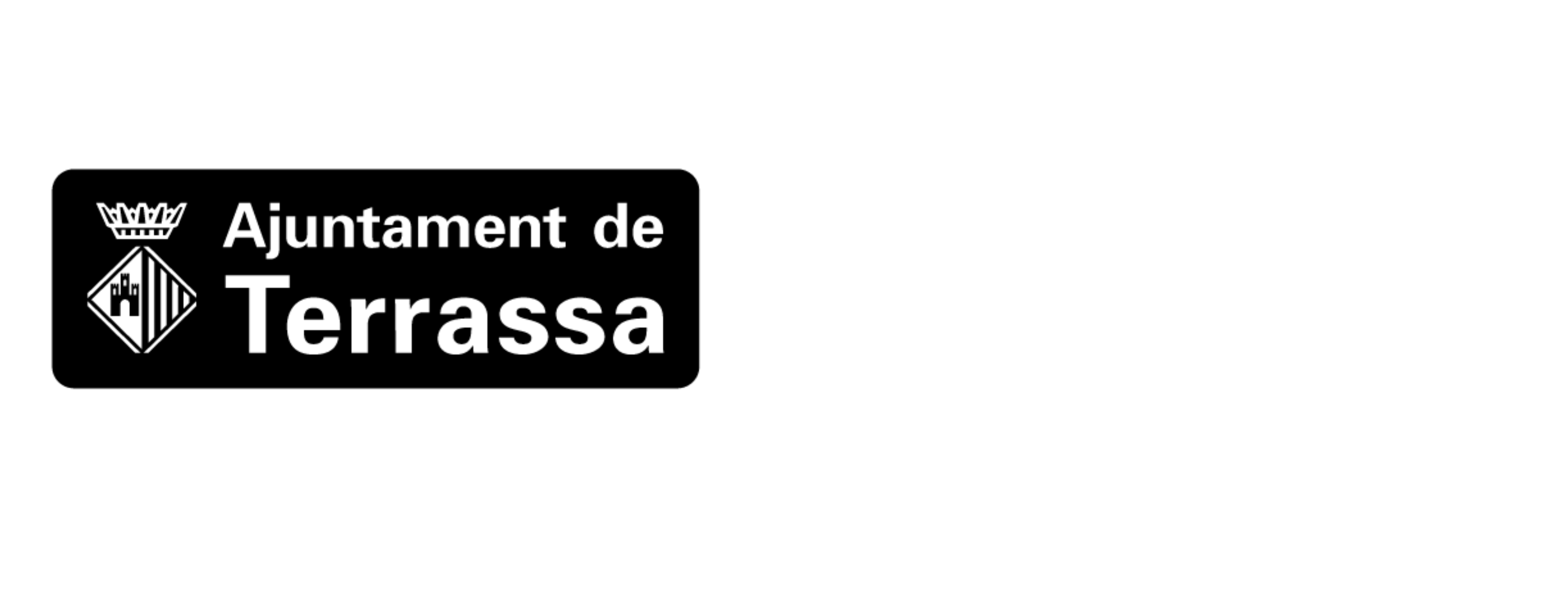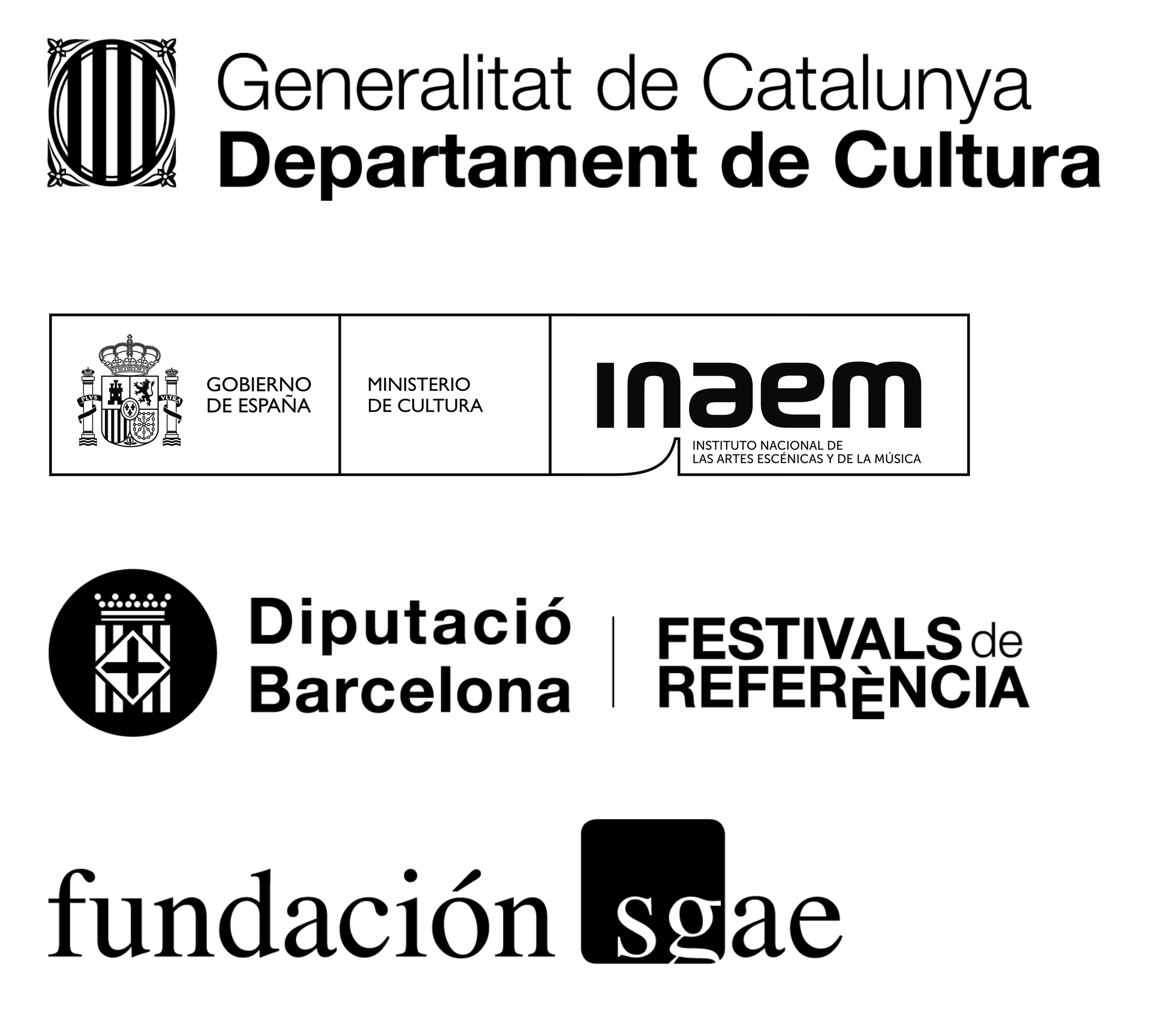SIRENES I ROBOTS
Tarta Relena i Joan Llort
Thursday 2, Friday 3 and Saturday 4 October
Teatre Principal - Sala Cúpula
Free

· Friday, 3 October at 16:00
· Saturday, 4 October at 12:00
📍 LaFACT
(see the location on the map)
60 min
11 €
PREMIERE
Photo: ©Sebastià Masramon
Mamarracha means feminine flamboyance, and it’s here! Mamarracha is the kind of laughter that distorts your face. It’s the knocking you hear from inside the closet. It’s wool. It’s the moth that’s nested in a pink wig. It’s the lipstick stain on the pillow. It’s intimacy. It’s urgency. As Lola Flores sang, “it’s a runaway horse that doesn’t know where it’s going”. It’s a blank cheque to intuition. It’s queer utopia. It’s the guitar. It’s the knees. And it’s a solo piece by Valencian artist Julia Irango, who as a TNT resident this year has given free rein to one of her artistic obsessions: transforming into a mutating, fragile, monstrous being, a grimace made flesh and with the mockery that laughs in the face of a devilishly uptight world.
The mamarracha is more than a character. It’s a place: a vulnerable, ridiculous yet endearing place that invites us to share an experience of intimacy. We all carry a mamarracha inside. Or, at the very least, we have one close to us, one that knows how to find the door to get inside us and possess us. Her tactics leave no doubt: the mamarracha appears in wigs and hair growing where it shouldn’t. She also shows up late at night, or in the early hours, just as the party’s ending, like a Rocío Jurado copla. Or she appears deep in the woods. The mamarracha doesn’t speak; she only communicates through coplas.
The mamarracha’s appearance suspends gender norms and boundaries. She raises an open question about bodily visibility. The viewer is violently absorbed by her presence. To behold the mamarracha is to dissolve the cultural conventions that shape our gaze. The mamarracha is not something you observe. You have to swallow her whole.
The questions she asks are the same ones posed by Laura Morales in Ser pastora: Why does love move us? And why do we bond to one another romantically? A very different kind of romanticism, but just as powerful, drives Los Detectives on a wild goose chase in Les Chevaliers. You’ve been warned: the mamarracha is here, and she’s here to stay.
Artistic Credits
Direction and performance: Julia Irango
Costume and set design and creation: Víctor Colmenero Mir and Tasio Ranz
Lighting design: Víctor Colmenero Mir
Sound design: Virginia Roig Hernández
Movement assistance and external view: Natalia D’Annunzio and Irene Manso
Executive production: Mónica Vázquez
Graphic design: Dani Requeni
Photography: Sebastià Masramon
Video: Fede Caraduje (Puerta 3)
A co-production of Festival Terrassa Noves Tendències (TNT)
With the support of Espai Nyamnyam, Dansa València, Institut Valencià de Cultura, Laboratory of Live Arts of Tenerife, and the City Council of València.
Special thanks to Edu Balsells Martínez and Ángeles Ciscar.
Hosted by:

Collaborators:

Media partners: